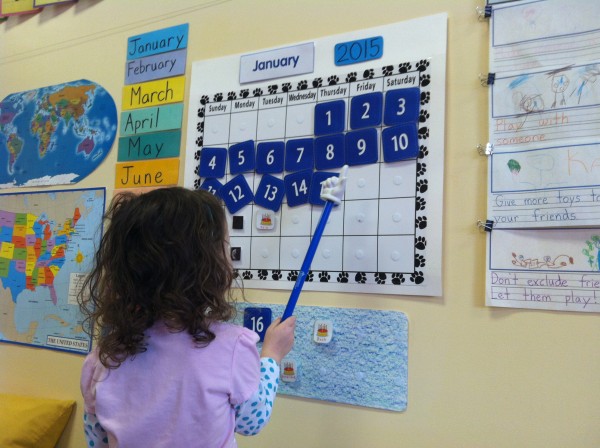Every afternoon, I sit down at my computer and compose an email for my students’ families. Although it’s a significant time commitment, it’s a routine that has become a very valuable part of my practice.
One day, eight years ago, part way into my first year as a preschool teacher, I chose to write a list of the morning’s activities on a piece of paper, which I left out for parents to read. The response was immediately positive. I started making lists regularly, and each day parents would crowd around to read about what we had done.
A year or so later, in a new city, at a new school, where my paper lists had been met with equal enthusiasm, I decided to try sending emails instead. Email, of course, has many advantages: It’s more efficient; I can send it after class, instead of being taken away from my students during class; it can’t be hindered by my unsightly handwriting; and most importantly, it’s available for parents to access whenever and wherever, not just when they come to pick up their children.
Gradually, my daily emails have become increasingly complex. They are now filled with descriptions of each part of the day, specific language that I use, links to any websites or tablet applications that we referenced or used, and links to photographs from each school day (with children’s faces excluded).
Drawing Connections Between School and Home
“What did you do at school today?” is probably one of the more frustrating questions parents must ask their children. Older children are likely to withhold information. Young children simply can’t remember. However, if you can ask a more leading question, such as, “What did you learn about dinosaurs today?” or if you look at a photograph and ask, “What did you do with those rocks?” then young children often reveal the wealth of knowledge and skills they’ve absorbed.
Some parents treat each of my emails almost like a book about the day at school, which can spark rich conversations. The photos, in particular, often make little sense without a student’s elaborations. A relatively small time commitment can help parents connect what their children are learning at school to what they are learning at home.
To be clear, it takes a lot of time to prepare and write my daily emails. I am fortunate to have dedicated peers and school leadership who agree that daily communication is highly valuable, and do what they can to support the practice. Soon after I began this routine, the school invested in new computers and the rest of our teachers adopted the practice. We haven’t looked back since, and I doubt we ever will.
